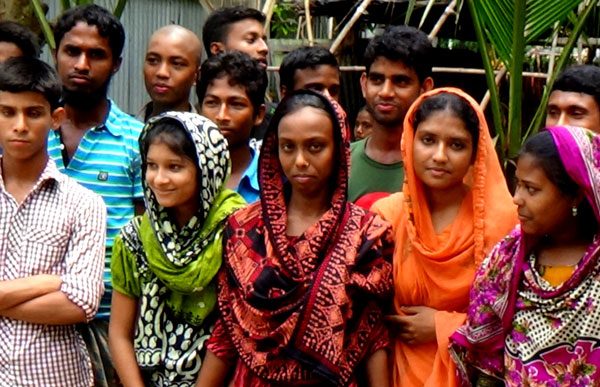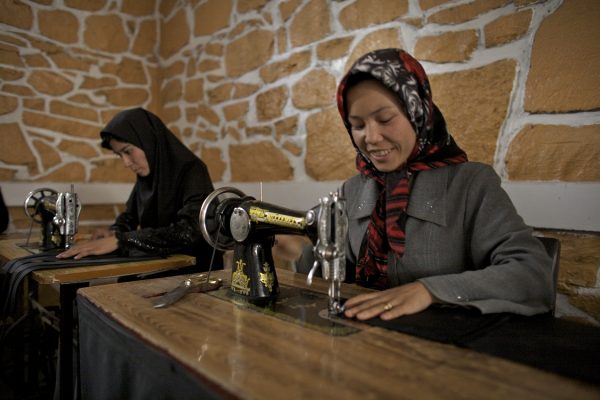women’s rights
November 26, 2015

Published by Salina Shahnaz Shilpi at Nov 26 2015
Two out of three Bangladeshi women are forced to deal with some form of violence during their lifetime. This can be domestic violence, rape, acid attacks, trafficking or sexual harassment, these being the most prominent forms. If you are a woman, chances are you, or someone you know have already faced harassment or some other form of violence.
October 21, 2014

Published by Salina Shahnaz Shilpi at Oct 21 2014
According to a nationwide study conducted in 2013, about 87 per cent of women in Bangladesh are abused by their husband. A recent report by BRAC’s community empowerment programme (CEP) revealed that eight out of 10 violence perpetrators are men. Thus involving men is crucial if we want to eradicate violence against women. In 2013, BRAC for the first time initiated a project to engage men as partners to reduce violence against women by changing their attitudes.
August 6, 2014
Published by Katie Allen at Aug 06 2014
Mitu and Tania are club leaders and cricket coaches from BRAC’s adolescent development programme (ADP) in Bangladesh. The programme creates safe places where adolescent girls can read, socialise, play sport together, take part in cultural activities and have open discussions on personal and social issues with their peers. Each club has 25-35 adolescent members aged 10 to 19 years old. A range of livelihood training courses are offered to the older girls to help them learn new skills for employment.
June 15, 2011

Today, TrustLaw, which runs AlertNet, published a "Danger Poll" identifying the world's five most dangerous countries for women, with Afghanistan topping the list. These figures serve only to further motivate our dedicated BRAC Afghanistan staff, who strive every day to change these conditions.Among the multifaceted BRAC Afghanistan programs in microfinance, health, enterprise development, community development, and education, are 2,297 BRAC schools where 84% of the enrolled students are girls. BRAC is realizing the potential of gender equality in education by increasing the enrollment of young girls through completion of their primary education, and by training local women to teach in these schools.

